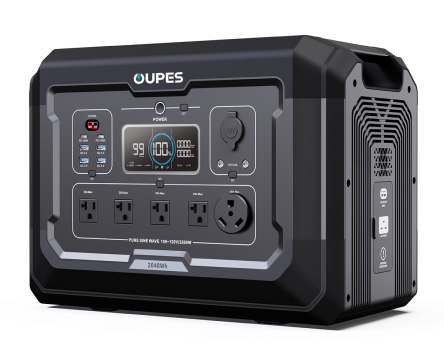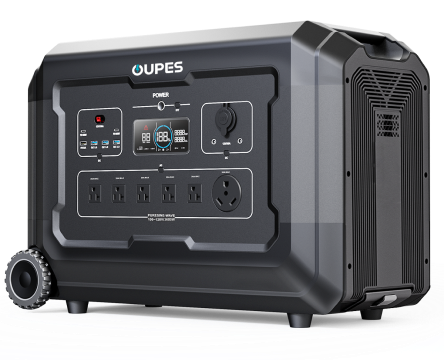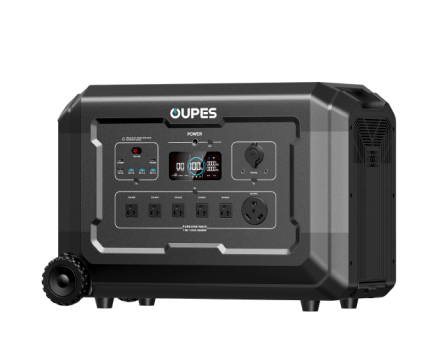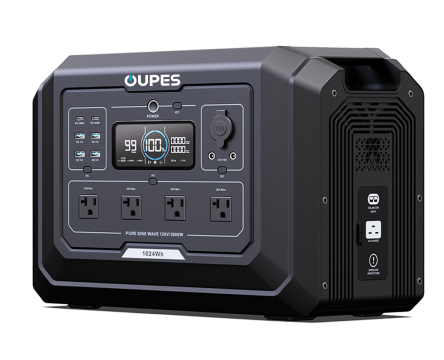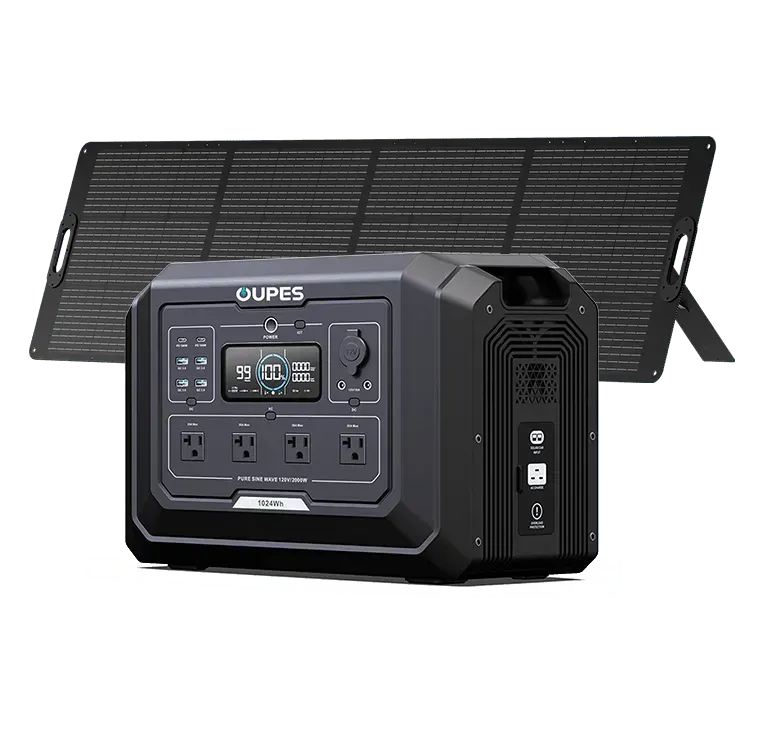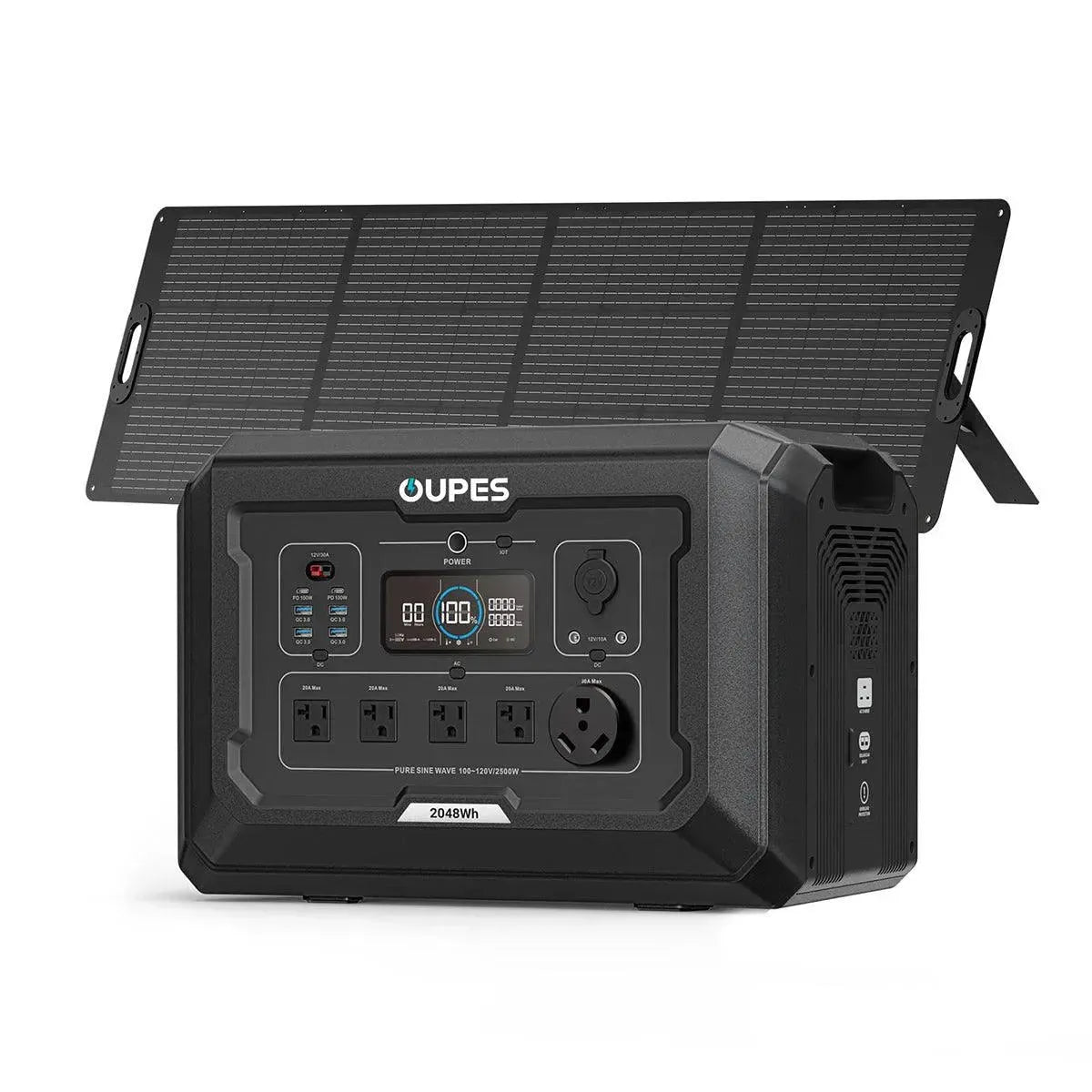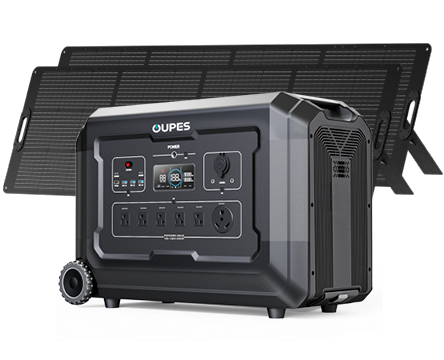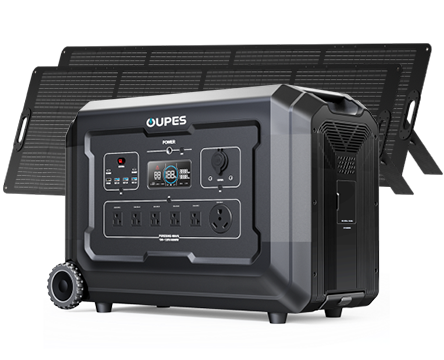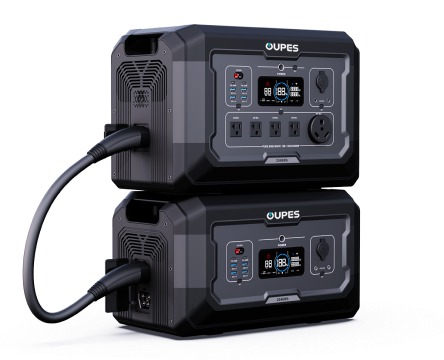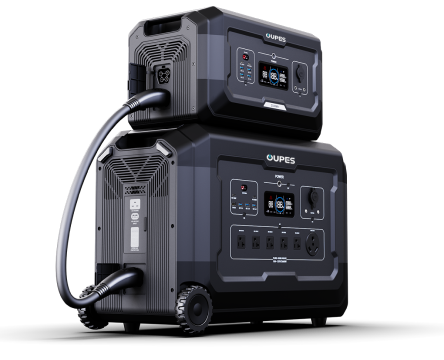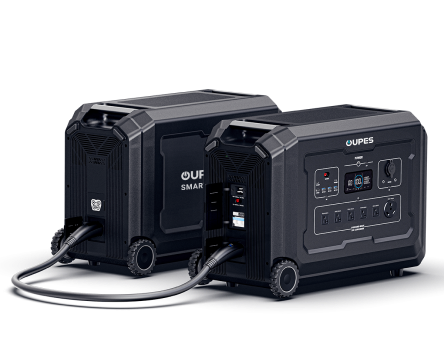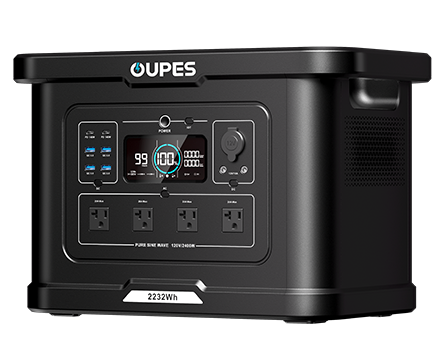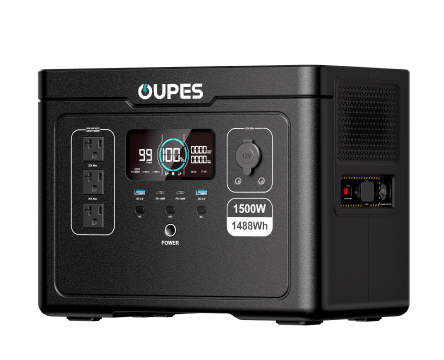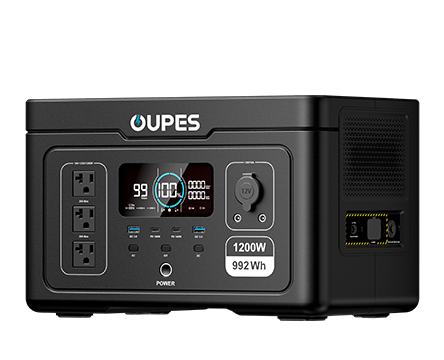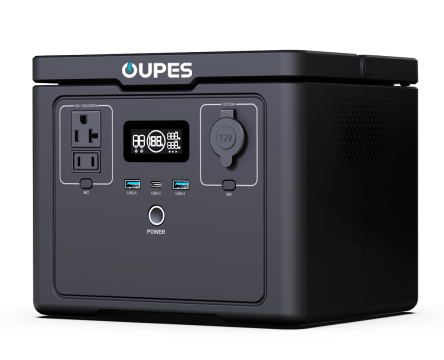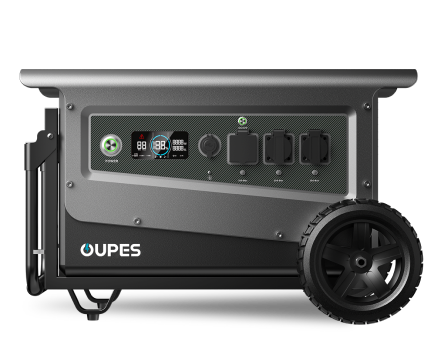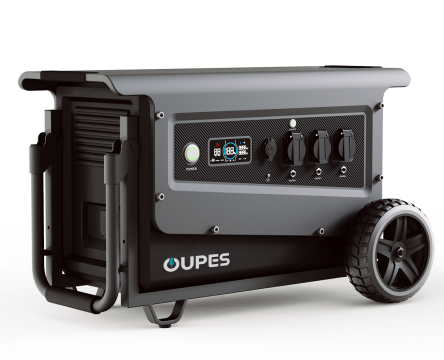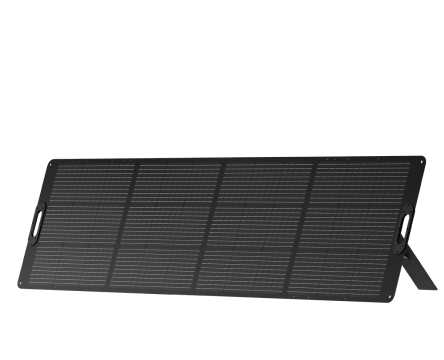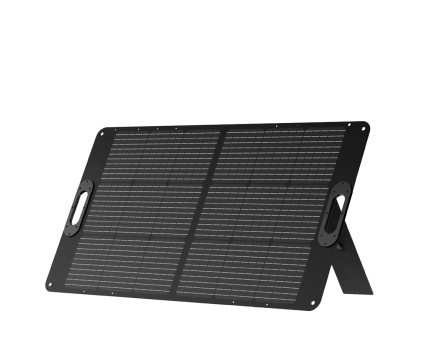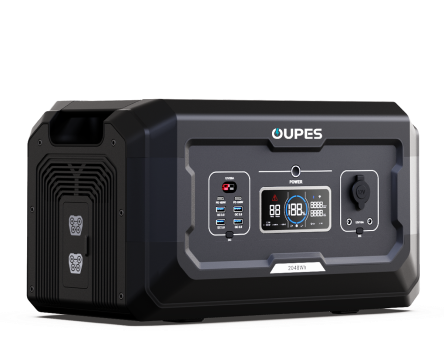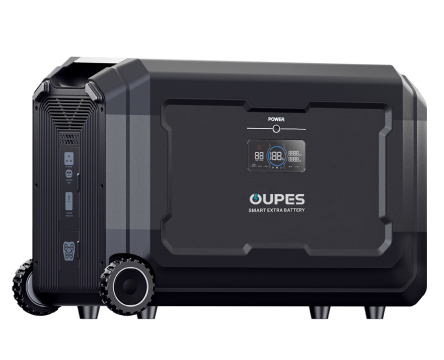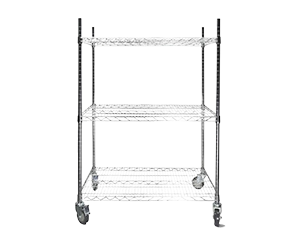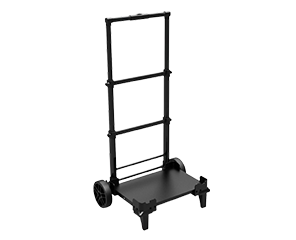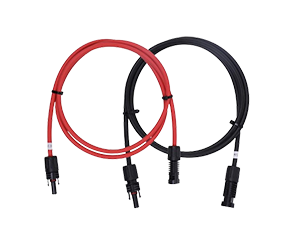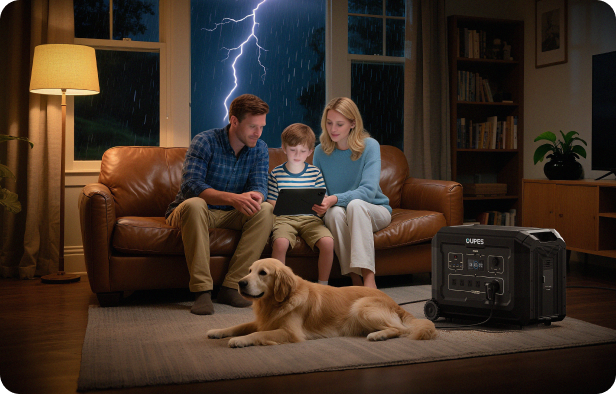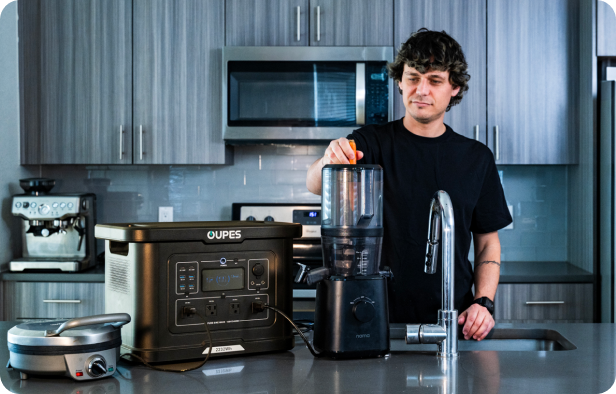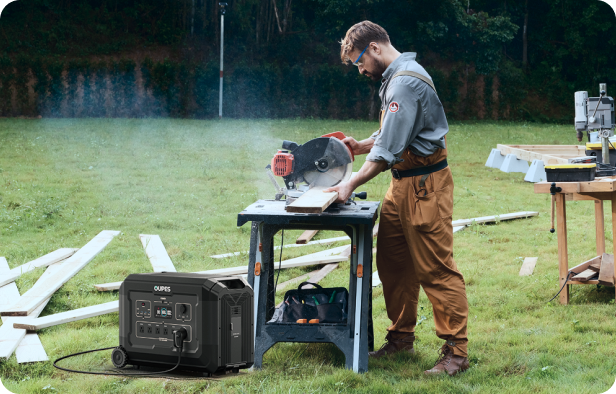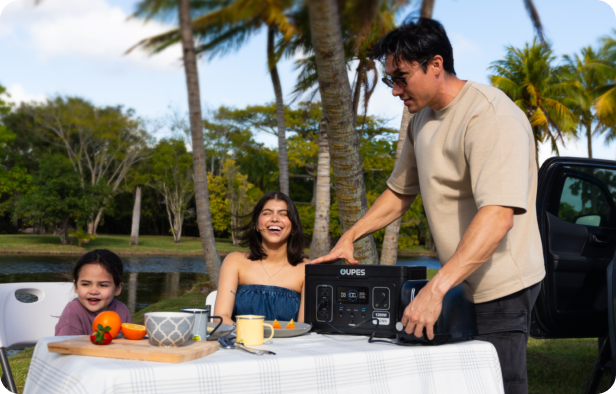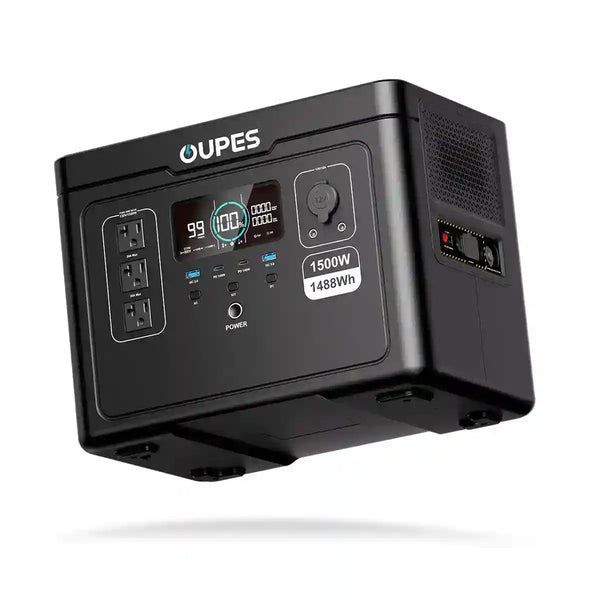
Introduction: The Common Misunderstanding
It’s a question many newcomers ask: “Is a solar generator just a rechargeable battery?” The short answer is no — but it’s understandable why people might think so. A solar generator does include a rechargeable battery at its core, but it’s also a much more complete and intelligent system that can convert, store, and deliver energy from the sun safely and efficiently. Understanding how these systems differ helps users make better choices when preparing for camping trips, off-grid living, or emergency power during outages.
How a Solar Generator Actually Works
A solar generator collects sunlight using solar panels, stores that energy in its internal battery, and converts it into usable electricity for household devices. In other words, it’s not just about “storing” power — it’s about managing energy flow between solar panels, batteries, and connected devices through sophisticated electronics.
Step-by-Step Process
- Solar Energy Capture: Solar panels absorb sunlight and convert it into DC (direct current) electricity.
- Regulated Charging: An MPPT (Maximum Power Point Tracking) charge controller ensures efficient and safe charging.
- Energy Storage: The stored power in a LiFePO₄ or lithium-ion battery provides stable, long-term energy retention.
- Power Conversion: A pure sine wave inverter converts DC power to AC (alternating current) suitable for appliances.
- Output Management: Multiple ports (AC, DC, USB-A, USB-C) distribute energy based on device type and power demand.
Key Components of a Solar Generator
A modern solar generator integrates several core components that work together to deliver reliable and renewable energy.
| Component | Function | Why It Matters |
|---|---|---|
| Battery Pack | Stores energy captured from solar panels for later use. | Determines total available runtime and system longevity. |
| MPPT Charge Controller | Optimizes energy conversion from panels to the battery. | Ensures efficient charging even in low sunlight conditions. |
| Inverter | Converts DC electricity to AC for standard home appliances. | Provides clean, stable energy for electronics. |
| Battery Management System (BMS) | Protects against overcharge, overheat, and short circuits. | Improves safety and extends battery lifespan. |
| Output Ports | Allow users to charge and power devices directly. | Supports USB, DC, and AC outputs for multi-device use. |
| Display & Connectivity | Shows input/output data and connects via Wi-Fi or Bluetooth. | Allows smart monitoring through mobile apps. |
Solar Generator vs. Rechargeable Battery: What's the Difference?
While both store electrical energy, their functions and usability differ significantly. A rechargeable battery only stores power, whereas a solar generator manages power — generating, storing, converting, and distributing it as needed.
Comparison Table
| Feature | Rechargeable Battery | Solar Generator |
|---|---|---|
| Energy Source | Charged by AC power or adapter | Charged by solar panels, AC, or car input |
| Power Conversion | None (DC only) | Built-in inverter for AC power output |
| Charging Regulation | Simple circuit or external controller | Integrated MPPT controller for efficient solar charging |
| Safety System | Basic protection (sometimes none) | Advanced BMS monitors temperature, voltage, and current |
| Use Case | Limited to small devices | Can power home appliances, tools, and medical equipment |
| Port Options | Usually one or two | Multiple (USB-A, USB-C, DC, AC outlets) |
Benefits of a Complete Solar Generator System
1. Independence from the Grid
A solar generator allows users to harness sunlight directly, ensuring electricity even during blackouts or in off-grid environments.
2. Environmentally Friendly
Unlike fuel-based generators, solar generators produce zero emissions, contributing to cleaner air and a reduced carbon footprint.
3. Cost Efficiency Over Time
While initial investment is higher than basic batteries, the long-term savings from free solar energy quickly offset the cost.
4. Safety and Quiet Operation
No fumes, no noise, no risk of carbon monoxide poisoning — making solar generators ideal for indoor or RV use.
5. Portability and Versatility
Many models are compact and easy to move, making them suitable for camping, road trips, and emergency preparedness.
Practical Applications and Scenarios
- Home Backup: Keep lights, routers, and essential appliances running during power outages.
- Outdoor Adventures: Power laptops, drones, or cameras without relying on fuel.
- RV and Van Life: Maintain consistent power for fridges, cookers, and lighting.
- Emergency Preparedness: A reliable, clean energy source during natural disasters.
Example: Inside an OUPES Portable Power Station
To illustrate how advanced these systems have become, let’s consider an example from OUPES. OUPES power stations, such as the OUPES Mega Series, integrate all the key components of a modern solar generator:
- Battery: High-grade LiFePO₄ battery rated for over 3,500 charge cycles.
- Ports: 2 USB-C (PD 100W) and 4 USB-A (18W Max) outputs for multi-device charging.
- Connectivity: Wi-Fi and Bluetooth compatibility with the OUPES App for remote monitoring.
- Safety: Advanced BMS with temperature and overcurrent protection.
- Durability: Rugged design suitable for indoor and outdoor environments.
This example shows that modern solar generators are engineered systems — not just batteries in a box — combining power management, safety, and smart control.
Maintenance and Lifespan
Proper maintenance ensures your solar generator delivers reliable performance for years.
Storage Tips
- Keep batteries between 40–60% charge when storing long-term.
- Avoid extreme heat or freezing temperatures.
- Store in a dry, shaded environment.
Charging Practices
- Use compatible solar panels or approved AC adapters.
- Fully charge before major trips or emergencies.
- Occasionally discharge and recharge to maintain health.
Lifespan Expectancy
High-quality LiFePO₄ batteries can last over 3,000–5,000 cycles, meaning more than a decade of consistent use with minimal capacity loss. This longevity is a major advantage over traditional lithium-ion or lead-acid designs.
FAQ
1) Is a solar generator basically a big power bank?
Not exactly. While both store power, a solar generator has additional components (inverter, MPPT, BMS) that make it capable of running larger appliances and managing solar input efficiently.
2) Can I use a solar generator without solar panels?
Yes. You can recharge it via AC wall outlets or car ports. Solar charging is an additional, sustainable option.
3) Are solar generators safe to use indoors?
Absolutely. Since they produce no emissions or fumes, solar generators are safe for indoor operation — unlike fuel-based generators.
4) How long does a solar generator last?
Most modern models using LiFePO₄ batteries last over 10 years or 3,000+ cycles, depending on usage and care.
5) Can I power a refrigerator or heater?
Yes, if your inverter wattage and battery capacity are sufficient. Always check your device’s power rating before use.
6) Why choose OUPES?
OUPES designs its power stations with safety, reliability, and sustainability in mind — using LiFePO₄ batteries, intelligent BMS, and smart app control, offering long-lasting solutions for off-grid and emergency use.
Final Thoughts
A solar generator is far more than a rechargeable battery — it’s a complete, intelligent power system that collects, stores, and delivers clean energy efficiently. With advanced components like inverters, MPPT controllers, and smart battery management, modern solutions like those from OUPES redefine what portable power can do. Whether you’re preparing for outages, camping, or living off-grid, understanding this technology ensures you’ll never be left in the dark again.

